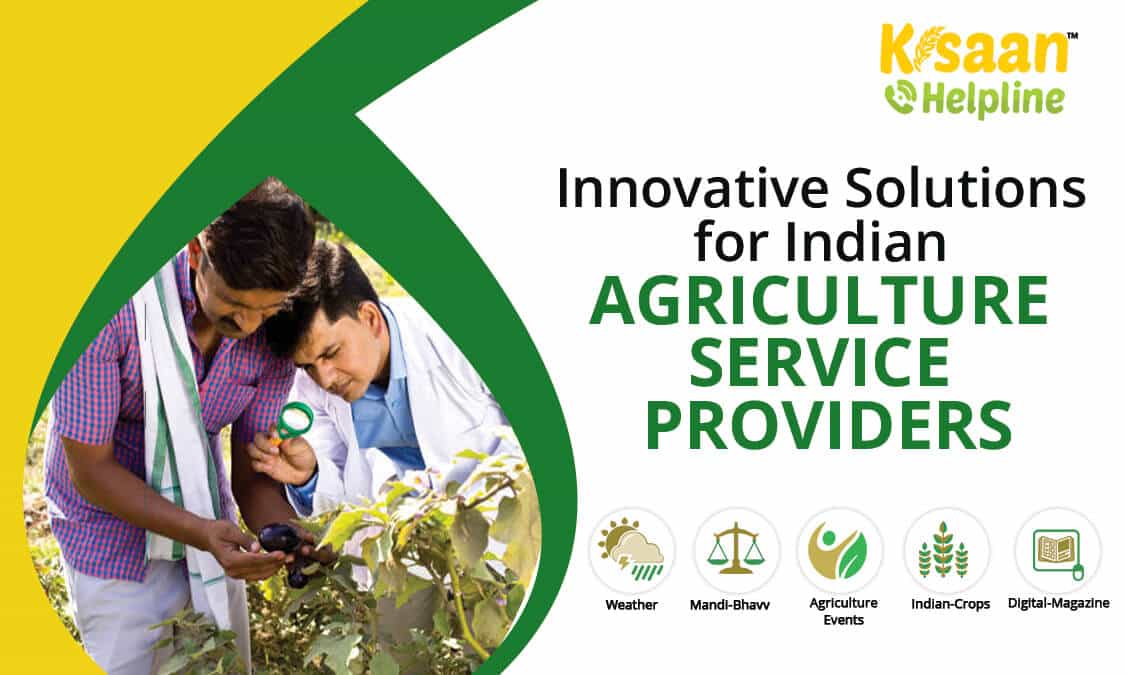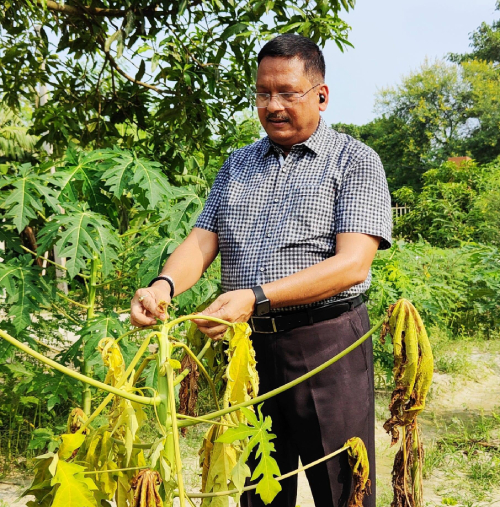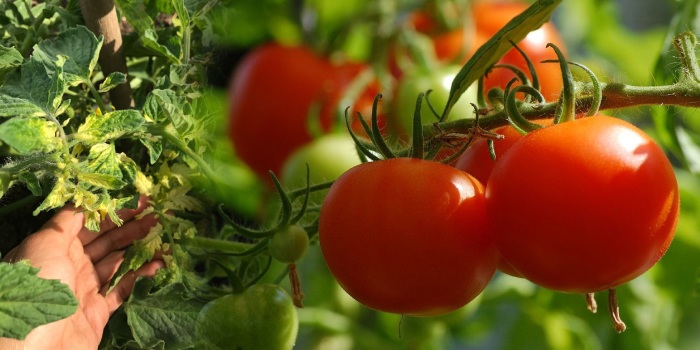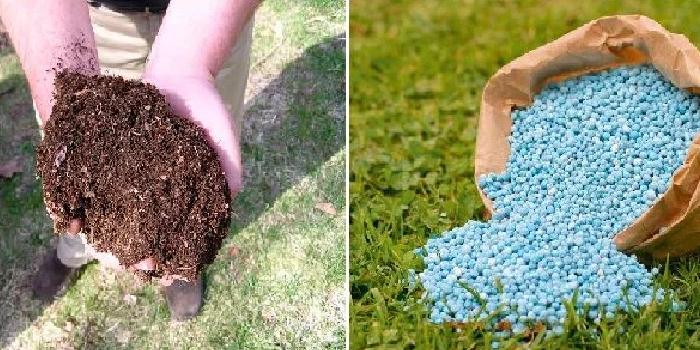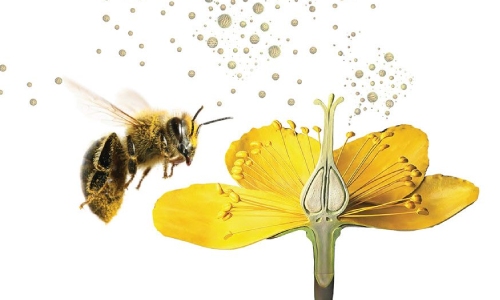
Mode of pollination
Dr. Neha, Divyanshi tomar
1. Assistant Professor, RAMA University Kanpur
2. B.sc agriculture student, Shivalik collage of professional studies
The process by which pollen grains are transmitted from anther to stigma is referred as pollination.
Pollination is of two types viz.
Autogamy ,allogamy
- Autogamy-transfer of pollen grain from the anther to the stigma of same flower is known as autogamy or self pollination.
Autogamy is the closet from of inbreeding.
Autogamy leads to homozygosity such species develop homozygous . homozygous balance and do not exhibit significant inbreeding depression.
Mechanismofselfpollination:
- Bisexuality – presence of male and female organ in the same flower is known as bisexuality. The presence of bisexual flower is must for self pollination all the plant self pollination have hermophrodite flowers
- Homogamy- maturation of anther and stigma of a flower at the same time is called homogamy. Homogamy is essential for self pollination.
- Cleistogamy-when pollination and fertilization occur in unopened flower bud , it is known as cleistogamy it ensure self pollination and prevent cross pollination. cleistogamy has been reported in some varieties of wheat,barley,several.species.
- Chasmogamy- opening of flower only after the completion of pollination is known as chasmogamy
Position of anther-in some species stigma are surrounded by anther is such a way the self pollination is ensured such situation is found in tomato and other some legumes the stamen and stigma are enclosed by the petel in such a way that self pollination is ensured.
Example- greengram,blackgram etc.
2. allogamy: transfer of pollen grain from the anther of one plant to the stigma of another plant is called allogamy. Or cross pollination this is common form breeding . Allogamy lead to heterzygosity such species develop heterozygous balance and exhibit significant inbreeding depression.
Mechanismpromotingcrosspollination:
- Dicliny – it refers to unisexualflower this is of two type viz.
- Monoecy- when male and female flower are separate but present in the same plant it is known as monoecy
In some crop the male and female flower are present in the same inflorescence such as in mango,castor,banana
- Dioecy- whenstaminateandpistillate flower are present on different plant it is called dioecy include papaya,palm,etc.
2. Dichogamy- it refers to maintain of anther and stigma of the same flower at different time dichogamy promote cross pollination even in the hermophrodite species
Dichogamy is of 2 type
- Protandry
- Protogyny
When pistil mature before anther it is called Protogyny such as in pearl millet when anther is mature before pistil it is called protandry. It is found in maize,sugarbeet, several other species.
- Heterostyly ; when style and filament in a flower are of different length.it is also called heterostyly . It is promote cross pollination such as linseed .
- Herkogamy; hindrances self pollination due to some physical barrier such as presence of hyline membrane around the anther is known as herkogamy.
- Selfcompatibility: the inability of fertile pollen grain to fertilize the same flower is referred to as self incompatibility . It prevent self pollination and promote cross pollination. Self incompatibility is found in several crop species like brassica, radish, nicotiana, etc.
It is of 2 type spoprophytic, gametophytic
- Malesterility: in some species like pollen grain are non- functional such Condition is known as male sterility. It prevent self pollination and promote cross pollination it is of 3type genetic, cytoplasmic, cytoplasmic genetic.it is useful tool in Hybrids seed production.such of floral biology and for said mechanisms is essential for determining the mode of pollination of various crop species moreover if selfing has adverse effects on seed setting and general vigour it indicate that the species in cross pollination if selfing does not have any adverse effect on these character it suggests that the species is self pollinated .
The percentage of cross pollination can be determined by growing to seed mixture of 2 different varieties together the two varieties should have marker character say green and pigmented variety and grown next year in separate field.
The mode of pollination is very important role in plant breeding. it has impact on 5 important species viz.
- Gene action
- Adaptability
- Transfer of Gene
- Genetic purity
- Genetic constitution
Classification of crop plant based on mode of pollination and mode of reproduction;
- Mode of pollination-autogamous species – a-seed prorogated ( rice, wheat, oats,
- B- vegetative propogated- potato
- 2- allogamous species
- Seed propogated-corn, millet, alfalfa
- Vegetative propagated-sugarcane, coffee, apple
- Often allogamous- sorghum, triticale
Genetic constitution self and cross pollination:
Self pollination; it leads to a very rapid increase in homozygosity . Therefore population of self pollinated species is highly homozygous.
Self pollinated species do not show inbreeding depression but may exhibit considerable heterozygous.
The aim of breeding method generally is to develop homozygous varieties.
- Cross pollination; cross pollination preserve and promote heterozygosity in a population. Cross pollinated species highly heterozygous show inbreeding depression and considerable amount of heterosis.
- The breeding method in such species aim at improving the crop species without reducing heterozygosity .
- Usually hybrid or synthetic varieties are the aim of the breeder whenever the seed production of such varieties is economically feasible.



